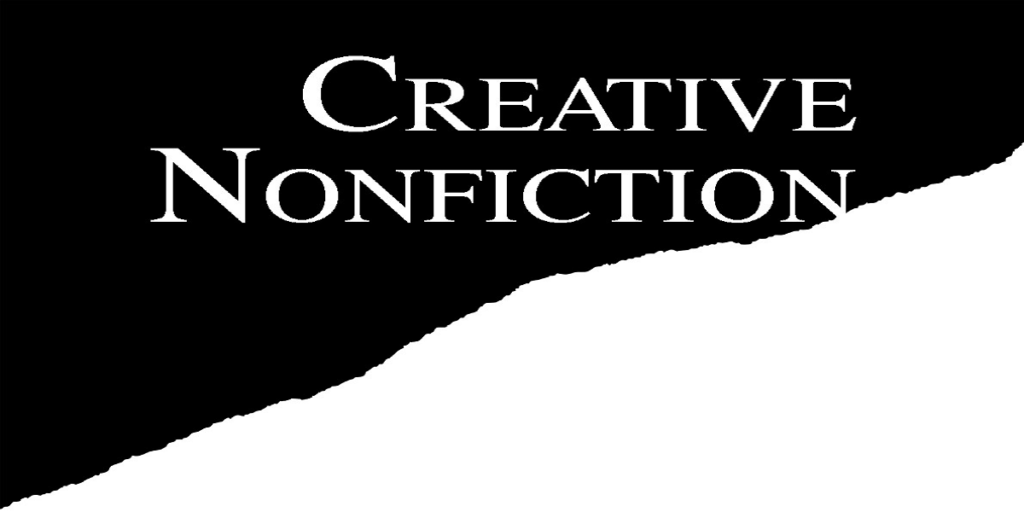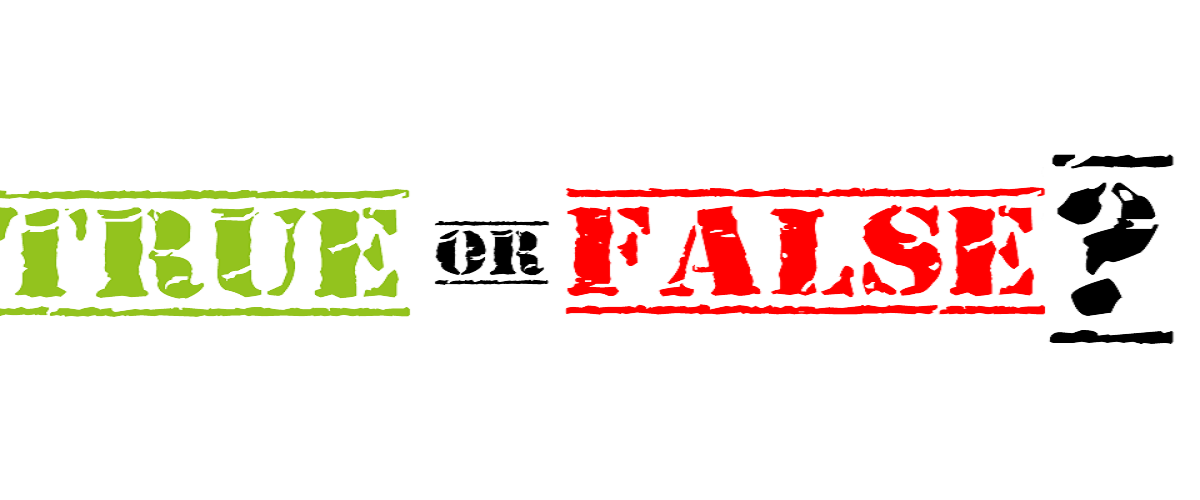Nonfiction is often regarded as the genre that delivers the truth, presenting factual accounts and real-life stories. But how true is nonfiction? This question sparks debates among writers, readers, and critics alike. In this article, we’ll explore the nuances of nonfiction, examining its reliability and the factors that can blur the lines between truth and fiction. Join us as we delve into the world of nonfiction true or false.
What is Nonfiction?
Nonfiction is a genre that encompasses works based on real events, people, and facts. Unlike fiction, which springs from the imagination, nonfiction aims to inform, educate, and sometimes entertain by presenting the truth as its foundation. This genre includes a wide range of formats such as memoirs, biographies, essays, and journalistic articles.
The Essence of Truth in Nonfiction
At its core, nonfiction strives to be truthful. However, truth in nonfiction is not always absolute. Authors may have different interpretations of events, and their personal biases can influence how they present facts. It’s crucial to understand that while nonfiction aims to be accurate, it can still be subject to the author’s perspective and the limitations of their knowledge.
Creative Nonfiction: Blurring the Lines

Creative nonfiction is a subgenre that blends literary styles with factual storytelling. Writers of creative nonfiction employ narrative techniques commonly found in fiction, such as character development, dialogue, and plot structure, to create engaging and compelling stories. This approach can blur the lines between truth and embellishment, leading readers to question how much of the narrative is factually accurate.
Memoirs and Personal Narratives
Memoirs and personal narratives offer intimate glimpses into the author’s life. These accounts are inherently subjective, reflecting personal experiences and memories. While memoirs aim to be truthful, they are influenced by the author’s perception and memory, which can be fallible. Thus, readers must recognize that these works present a version of the truth, shaped by the author’s perspective.
Biographies and Historical Accounts
Biographies and historical accounts strive for accuracy, often relying on extensive research and verified sources. However, even these works can be influenced by the author’s interpretation of events and the available evidence. The portrayal of historical figures and events can vary significantly between authors, highlighting the role of perspective in nonfiction.
The Role of Interpretation and Perspective
Every nonfiction work is shaped by the author’s interpretation and perspective. This subjectivity means that different authors can present varying accounts of the same event. Readers must consider these perspectives and understand that nonfiction is not immune to bias and interpretation.
Fact-Checking and Verification
Fact-checking is a critical aspect of nonfiction writing. Reputable nonfiction works undergo rigorous verification processes to ensure accuracy. However, errors can still occur, and some works may prioritize narrative flow over strict adherence to facts. Readers should be aware of the sources and methods used in nonfiction works to evaluate their reliability.
Ethical Considerations in Nonfiction

Ethical considerations play a significant role in nonfiction writing. Authors must balance the need to tell compelling stories with the responsibility to present the truth. Ethical dilemmas can arise, particularly when writing about sensitive or controversial topics. Maintaining transparency and honesty is vital to uphold the integrity of nonfiction.
Impact of Memory and Perception
Memory and perception significantly impact nonfiction, especially in memoirs and personal narratives. Human memory is not infallible; it can be influenced by emotions, time, and external factors. This imperfection means that nonfiction works based on personal recollections may contain inaccuracies, despite the author’s intent to be truthful.
Fictional Elements in Nonfiction
Some nonfiction works incorporate fictional elements to enhance the narrative. While this can make stories more engaging, it also raises questions about the authenticity of the account. Authors must navigate the delicate balance between storytelling and factual accuracy, ensuring that their embellishments do not mislead readers.
Case Studies: Famous Nonfiction Works
Examining famous nonfiction works can provide insight into how truth is handled in the genre. Books like Truman Capote’s “In Cold Blood” and James Frey’s “A Million Little Pieces” have sparked debates about the boundaries of nonfiction. These case studies highlight the complexities and controversies surrounding the genre’s commitment to truth.
Reader’s Role in Deciphering Truth
Readers play a crucial role in interpreting nonfiction. Critical reading skills are essential for evaluating the reliability and accuracy of a work. By considering the author’s perspective, sources, and potential biases, readers can better understand the nuances of nonfiction and discern fact from interpretation.
Nonfiction in the Digital Age
The digital age has transformed nonfiction, with the internet providing vast amounts of information at our fingertips. However, this accessibility also brings challenges, such as misinformation and the spread of false narratives. Nonfiction readers must be vigilant in verifying sources and critically evaluating online content to ensure they are consuming accurate information.
Conclusion
So, is nonfiction true or false? The answer is not straightforward. While nonfiction aims to present the truth, it is subject to the author’s interpretation, perspective, and the limitations of human memory and perception. By understanding these factors, readers can appreciate the complexities of nonfiction and develop a more nuanced view of the genre.
FAQs
1. Can nonfiction be entirely accurate?
While nonfiction strives for accuracy, it is influenced by the author's perspective and interpretation, which can introduce some degree of subjectivity.
2. What is creative nonfiction?
Creative nonfiction blends factual storytelling with literary techniques, often making the narrative more engaging but sometimes blurring the lines between fact and embellishment.
3. How reliable are memoirs?
Memoirs are subjective accounts based on the author's memories and perceptions, which can be fallible. They offer a version of the truth shaped by personal experience.
4. What ethical considerations are involved in nonfiction writing?
Nonfiction writers must balance storytelling with the responsibility to present the truth, maintaining transparency and honesty, especially when dealing with sensitive topics.
5. How can readers evaluate the accuracy of nonfiction?
Readers should critically assess the author's perspective, sources, and potential biases, and verify information through reputable fact-checking methods and reliable sources.

